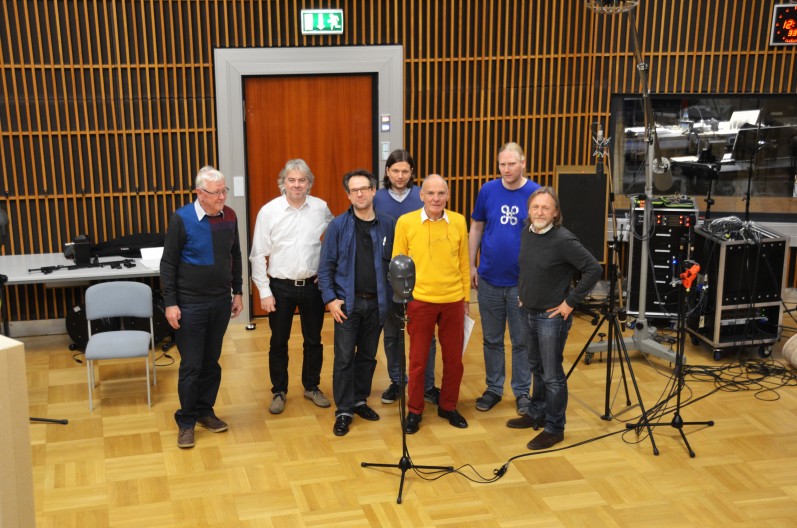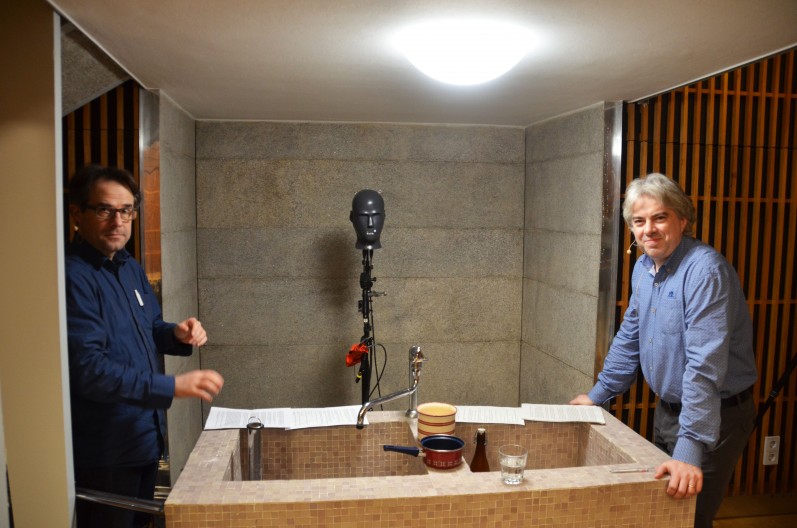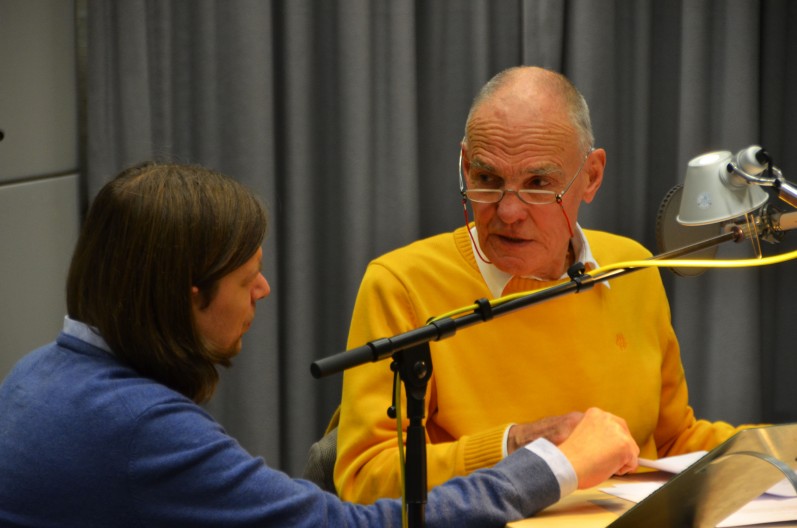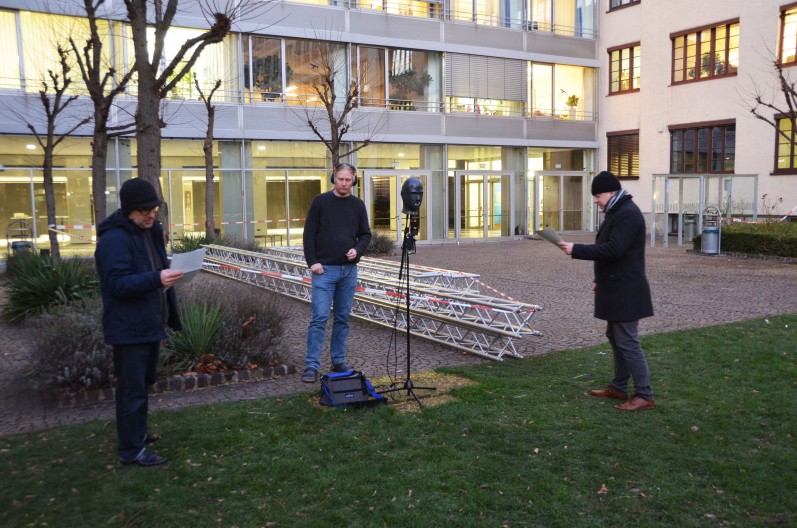The FNR funded research project "Failure and Success of Dummy Head Recording: An Innovation History of 3D Listening" (2015-2017) investigated the history of Kunstkopf (artificial head) technology and why it failed in the recording and broadcasting business. Presented at the Berlin International Radio and Television Fair in 1973 and praised for its true to the original sound “super-stereo”-quality, contemporaneous commentators expected that the new technology would revolutionize radio and music recording and listening, and start a new era of three-dimensional radio broadcasting. However, by the end of the decade, Kunstkopf stereo was considered a failed innovation.
Put simply, Kunstkopf stereo is a 3D audio recording technology that enables listeners to relocate all recorded sound sources in space as if they were in the original recording situation. The technology uses two microphones that are usually mounted in the ears of a mannequin: this is why the technique is often called “dummy head recording”. The technique “exploits” basic principles of human spatial hearing: interaural time and intensity differences, and very small frequency adjustments that occur when sound wraps around the human head and is transformed by the outer and inner ear. On the reproduction side, listeners have to use headphones because any cross talk between the two ear microphone/signals have to be avoided as it would destroy 3D perception.
Through a cooperation with Werner Bleisteiner from Bavarian Broadcasting Stefan Krebs and Andreas Fickers got the chance to record a binaural radio play (with old Kunstkopf technology from the 1980s) about the history of Kunstkopf stereo. The basic idea was to tell the story of dummy head recording and at the same time demonstrate binaural technology, its advantages but also disadvantages, to the listener. In short, to make the history of Kunstkopf technology immediately audible for the broad public.
The radio play, entitled “Glanz und Elend der Kunstkopf-Stereophonie”, is based on the historical findings of the research project, the script was written by Stefan Krebs, and the storyline is rather simple: a radio journalist (stage actor Stephan Wurfbaum) interviews a media archaeologist (C2DH director Andreas Fickers) about the history of Kunstkopf technology. The challenge was, on the one hand, to tell this story for the broad audience. I.e. to explain binaural recording, to embed the story in the historical context, and to provide some reasons for the failure of Kunstkopf stereo - in only 21 minutes! On the other hand, the radio play was supposed to let listeners experience three-dimensional audio reproduction and to make some of the great advantages and some of the technical problems intuitively audible - in short, to fully engage the sense of spatial hearing in listening to the radio drama.
The two actors e.g. discuss the problem that many listeners could not locate sound sources in front of them, they discuss this issue while standing and walking in front of the dummy head microphone to demonstrate different positions and to allow the listener to hear themselves whether they can locate the two voices in the front, or not. Other sequences were recorded at different locations outside the studio (e.g. the court yard of the BR building in Munich). The actors, at the same time, discuss the problem that a “normal” recording studio was not suited for dummy head recordings because a well insulated studio has almost no audible room acoustics. This is good when you want to later add other sound layers. But editing and mixing Kunstkopf recordings is very difficult so that all the ambient sounds had to be in the recording itself and could not be edited from other recordings as it is usually done in “normal” stereo radio dramas.
The actual recordings took place in Studio 9 of Bavarian Broadcasting in Munich, a well known studio for radio drama productions, and some places outside the studio. The production was supported by technical and historical advisors Stephan Peus (former head of research at Neumann in Berlin) and Günther Hess (former sound engineer at BR, who recorded the first binaural radio dramas in Munich in 1973/74); and BR recording engineer Chriatian Schimmöller (who has a long standing interest in binaural recording).
A special guest was Hans Peter Hallwachs, he played one of the main characters in the very first binaural radio drama “Demolition” in 1973, and agreed to speak the “Kunstkopf”. Werner Bleisteiner had the great idea to give the Kunstkopf himself a role in the radio play. His idea was to record the voice of the Kunstkopf in mono, so that listeners later locate this mono voice inside their head (a phenomenon called in-head-localization). The mono voice then nicely demonstrates the huge difference between the spatial quality of a binaural recording and the in-head localization of a mono recording.
The radio play was recorded in November 2016, the final cut was done in January 2017 and, finally, it was first broadcasted by Luxembourg radio station radio 100,7 on June 11, 2017. You can still listen to the radio broadcast online, the radio play is introduced by a short radio feature from Kerstin Thalau about the research project; or you can listen to the radio play on this page (see box above). Please do not forget to listen with headphones (only)!







